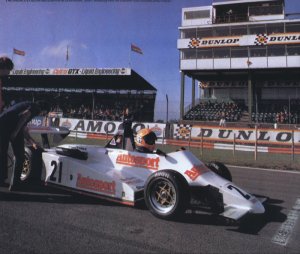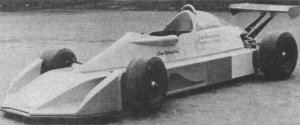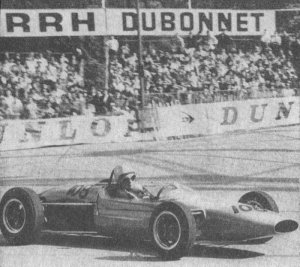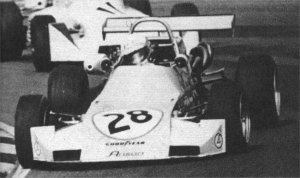Anson
1976
1977
1981
1982
1983
1984
1985
1975 Gary Anderson.
1976 Tiff Needell, Dick Parsons.
1977 Gary Anderson.
1981 Dave Coyne.
1982 Claudio Langes, Tiff Needell, Mike O’Brien, Richard Trott, Gero Zamagna.
1983
SA4
Fernando Cazzangia, Philippe Huart, Franz Konrad, Claudio Langes, Pierre-Alain Lombardi, Thomas von Löwis, Kris Nissen, Oscar Pedersoli, Karl-Heinz Wieschalla.
SA3
Rudi Seher, Richard Hamann,, Andy Wietzke.
?
Bruno di Gioia, Jan Thoelke.
1984
SA4B
Leo Andersson, Tommy “Slim” Borgudd, Tommy Byrne, Tryggve Gronvall.
SA4
Thierry Hierman.
SA4 (unknown whether A or B)
Dieter Heinzelmann, Jan Karlsson, Mats Karlsson, Franz Konrad, Reinhold Mölig, Nicky Nufer, Rudi Seher, Jan Thoelke, Karl-Heinz Wieschalla.
SA3
Richard Hamann, Alexander Seibold, Andy Wietzke.
1985
SA6
Fredy Eschenmoser, Keith Fine.
SA4B
Steve Bottoms, Bill Coombs, Tryggve Gronvall.
SA4
Jeff Ward.
SA4 (unknown whether A or B)
Sigi Betz, Artur Deutgen, Dieter Heinzelmann, Franz Konrad, Günther Lüttecke, Nicky Nufer, Franz-Josef Prangemeier, Karl-Heinz Wieschalla.
SA3
Alexander Seibold.
?
Johan Rajamaki, Rudolf Weckmann.
1986
SA4
Patrick Lecompte.
SA4 (unknown whether A or B)
Mathias Arlt.
?
Ruedi Schurter.




